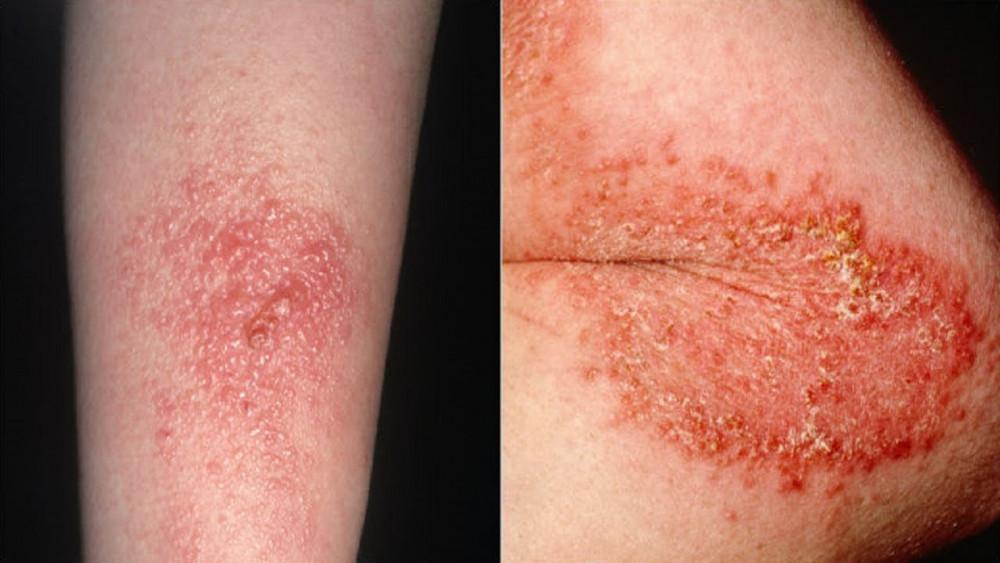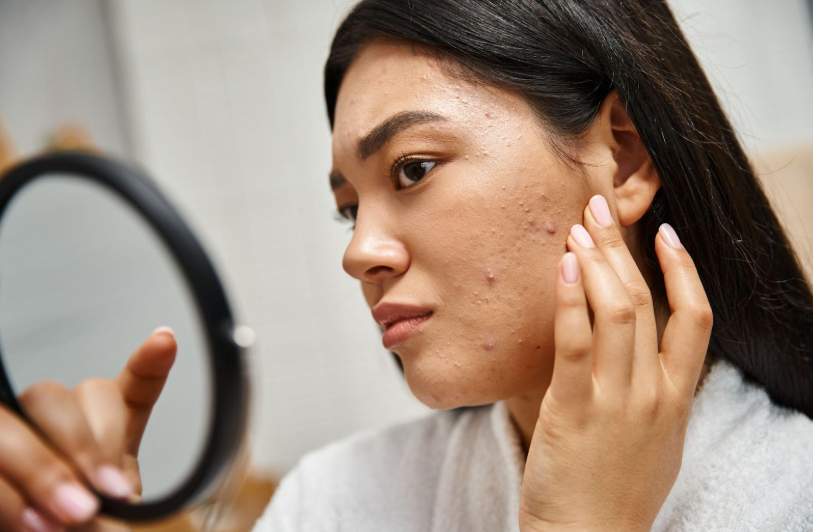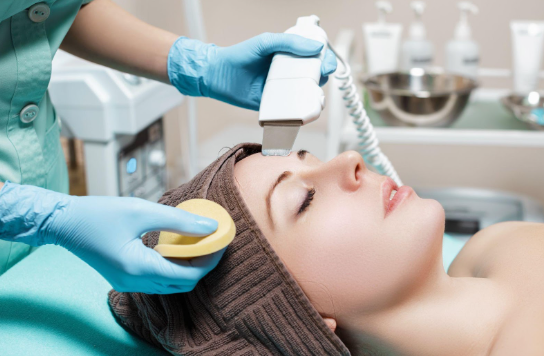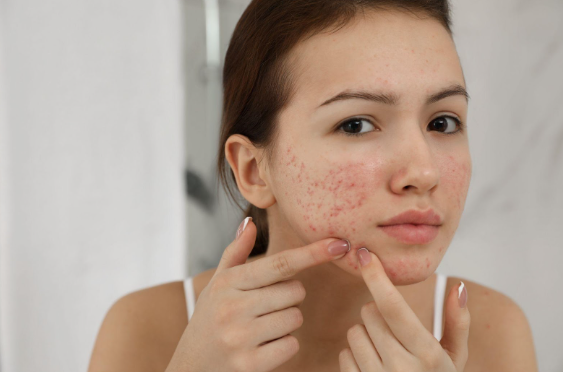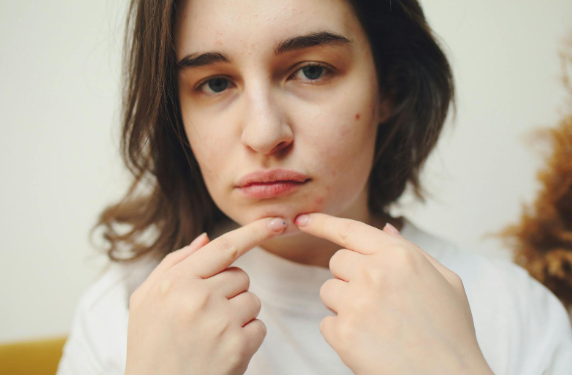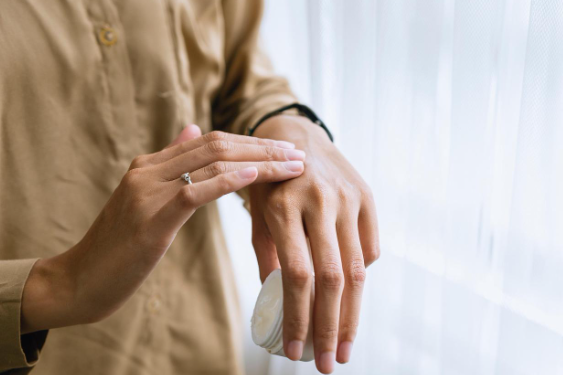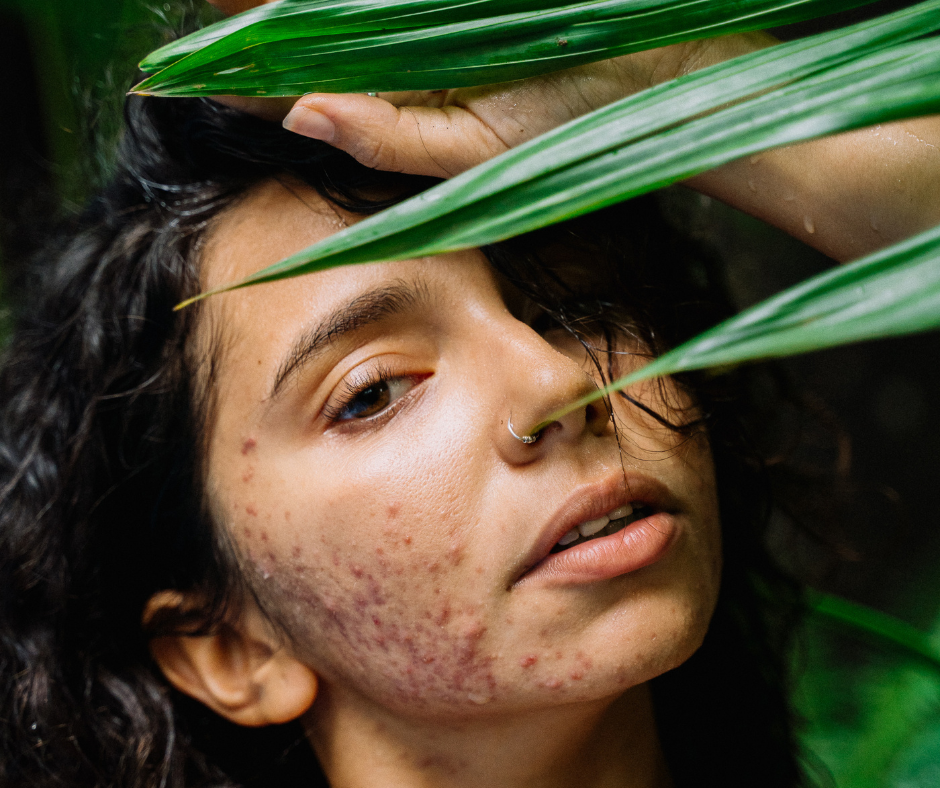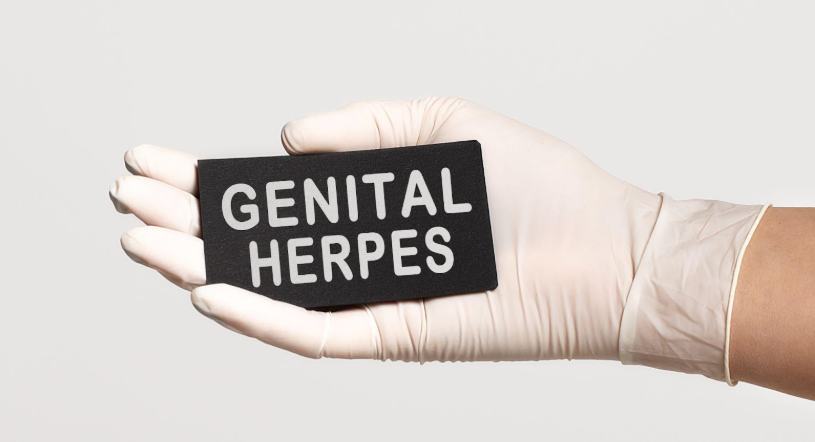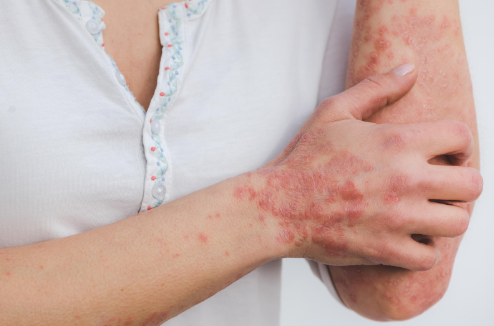Southern Mississippi is an outdoorsman’s paradise. During the summer time we do everything from fishing, hiking, camping, to building forts in the woods with our kids. We are blessed to have such exposure to nature and the great outdoors. Anyone who has lived in Mississippi long enough has had a run in with, or knows someone who has, with poison ivy or poison oak. You don’t need a dermatologist to tell you that this is experience is extremely uncomfortable and borderline unbearable. The rashes caused are not contagious, but there may be instances where you may need to make a visit to one of our clinics. In this blog we’ll discuss some treatment options, how to prevent contact with the poisonous plant, and also discuss briefly about potential diseases that may be mistaken for poison ivy rashes.
Poison ivy rash is caused by an allergic reaction to an oily resin called urushiol (u-ROO-she-ol). This oil is in the leaves, stems and roots of poison ivy, poison oak and poison sumac. The itchy, blistering rash often does not start until 12 to 72 hours after you come into contact with the oil. The rash is not contagious and does not spread. Sometimes it may appear as though it spreads but what is actually occurring is a delayed reaction to the poison. So, if you think it is spreading don’t panic, it is not. Most individuals see the rash go away in a few weeks. There are instances where a person can have a severe or serious reaction. If you have a serious reaction, you need to see a doctor right away. Swelling is a sign of a serious reaction — especially swelling that makes an eye swell shut or your face to swell. If you find that this is the reaction you are experiencing then you should find the nearest dermatology clinic or, if it is afterhours, the nearest Urgent Care. In even rarer instances you may be experiencing difficulty breathing after coming into contact with poison ivy, and if this is the case you should go to the emergency room immediately.
What you see and feel on your skin is caused by urushiol. Urushiol is the oil in poison ivy, oak, and sumac. You find this oil in all parts of the plants — the leaves, stems, and even the roots! Within minutes of contact with poisonous oil, the skin starts to absorb it. But you don't feel this, and you don't see a rash right way, because the rash is a delayed reaction to the oil. Wash your skin right away if you come into contact with this oil, unless you know you're not sensitive to it. Washing off the oil may reduce your chances of getting a poison ivy rash. If you develop a rash, it can be very itchy and last for weeks. If you have a reaction to the oil, you can have these signs (what you see) and symptoms (what you feel):
- Itchy skin.
- Redness or red streaks.
- Hives
- Swelling
- An outbreak of small or large blisters, often forming streaks or lines.
- Crusting skin (after blisters burst).
Often the rash looks like a straight line because of the way the plant brushes against your skin. But if you come into contact with a piece of clothing or pet fur that has urushiol on it, the rash may be more spread out. You can also transfer the oil to other parts of your body with your fingers shortly after coming into contact with the oil, which is why it will later appear to spread even though it does not. The reaction usually develops 12 to 72 hours after exposure and lasts two to three weeks. If you have come into contact with a large quantity of the poison ivy, however, the rash may develop sooner.
So, what treatment options are available for these rashes? As stated above, if you are experiencing severe symptoms then you should seek immediate care from either an emergency room or Urgent Care. You can treat mild cases of poison ivy rash at home with soothing lotions and cool baths. You may need prescription medication for a rash that's severe or widespread — especially if it's on your face or genitals. If you have a serious reaction, you will likely need prescription medicine. This is where a dermatologist can intervene. We may prescribe a steroid ointment that you can apply to the skin. To treat a severe case, a strong medicine like prednisone may be necessary. If you have an infection, your dermatologist may prescribe an antibiotic as well. You likely have an infection if you develop a fever or have pus, pain, swelling, and warmth around the rash. Lastly, if you are not sure what caused your rash, you should see a dermatologist. Rashes appear on the skin for many reasons, and the one you are experiencing may not be from poison ivy. Interestingly, there are a couple other conditions that can be misdiagnosed by other providers, with allergic contact dermatitis and chemical rashes being the most commonly confused conditions. In general, if your rash is not improving after seven to 10 days, or you think your rash may be infected, see a Pine Belt Dermatology provider. We can treat your rash and any infection and help relieve the itch.
Below are some tips for dealing with ivy rashes:
- Immediately rinse your skin with lukewarm, soapy water. If you can rinse your skin immediately after touching poison ivy, poison oak, or poison sumac, you may be able to rinse off some of the oil. If not washed off, the oil can spread from person to person and to other areas of your body.
- Wash your clothing. Thoroughly wash all of the clothes you were wearing when you came into contact with the poisonous plant. The oil can stick to clothing, and if it touches your skin, it can cause another rash.
- Wash everything that may have the oil on its surface. Besides clothing, the oil from poison ivy, poison oak, and poison sumac can stick to many surfaces, including gardening tools, golf clubs, leashes and even a pet’s fur. Be sure to rinse your pet’s fur, and wash tools and other objects with warm, soapy water.
- Do not scratch, as scratching can cause an infection.
- Leave blisters alone. If blisters open, do not remove the overlying skin, as the skin can protect the raw wound underneath and prevent infection.
- Take short, lukewarm baths. To ease the itch, take short, lukewarm baths in a colloidal oatmeal preparation, which you can buy at your local drugstore. You can also draw a bath and add one cup of baking soda to the running water. Taking short, cool showers may also help.
- Consider calamine lotion or hydrocortisone cream. Apply calamine lotion to skin that itches. If you have a mild case, a hydrocortisone cream or lotion may also help.
- Apply cool compresses to the itchy skin. You can make a cool compress by wetting a clean washcloth with cold water and wringing it out so that it does not drip. Then, apply the cool cloth to the itchy skin.
- Consider taking antihistamine pills. These pills can help reduce itching, however use with caution. You should not apply an antihistamine to your skin, as doing so can worsen the rash and the itch.
Hopefully you find this blog helpful! As always, if you are concerned about the rash by all means come see us at one of our clinics. We are in Petal, Hattiesburg, Ellisville, Collins, Columbia, and you can even find us via our mobile app (Pine Belt Dermatology) available in the iTunes and Google Play stores so we are accessible no matter where you’re at!
